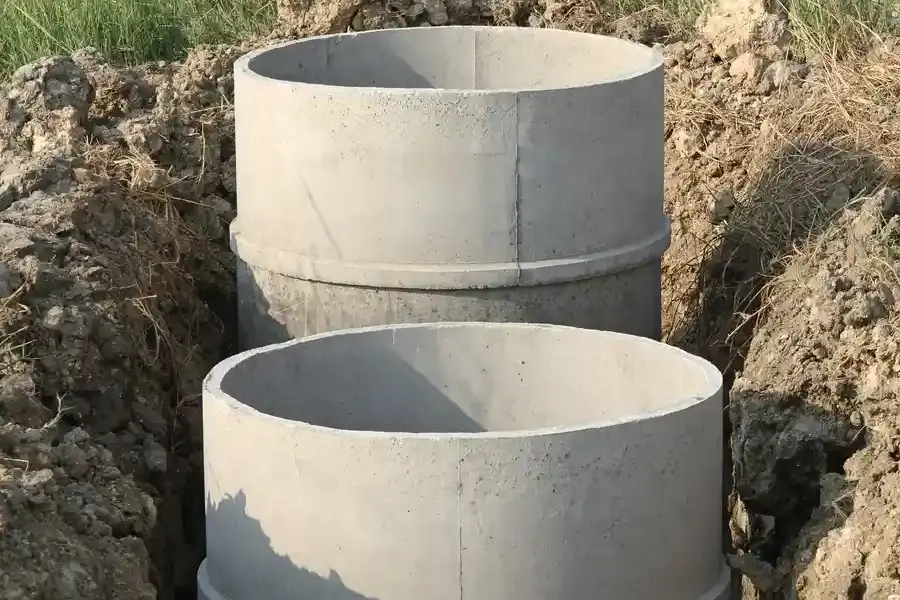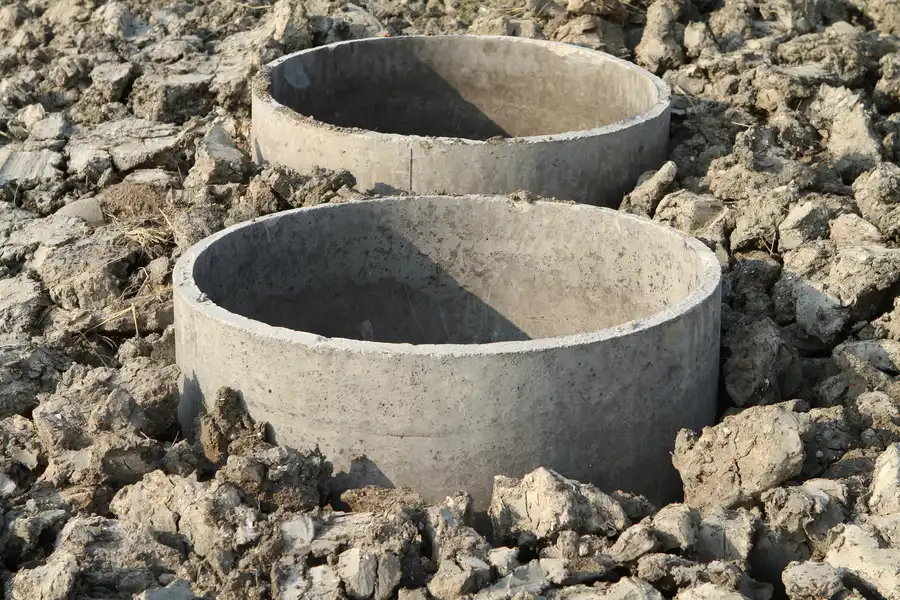Understanding the Role of a Thorough Site Inspection
Proper site evaluation is crucial when planning for septic system installation. It ensures that the chosen location will support the system’s function efficiently and safely. Evaluating the soil, groundwater levels, and landscape layout helps avoid future problems like leaks or failures. Without this process, you risk costly repairs and environmental issues. Investing time in a detailed assessment not only benefits your property but also safeguards public health by ensuring waste is managed responsibly.

The Benefits of a Comprehensive Site Assessment
A comprehensive site assessment offers numerous benefits. Firstly, it identifies the most suitable area for placing your septic tank. This step minimizes potential disruptions to landscaping and structures. Additionally, understanding soil composition helps in selecting the right type of system. Lastly, knowing about seasonal water table variations can prevent future flooding issues. These insights allow for informed decisions, optimizing both functionality and cost-efficiency during septic tank installation.
Common Challenges During Site Evaluation
Several challenges can arise during site evaluations. One major issue is identifying unsuitable soil types that may not support effective wastewater absorption. Another challenge involves navigating zoning regulations, which can restrict where a septic system can be placed on your property. Access to the site might also be limited due to natural obstacles, requiring adjustments to initial plans. Recognizing these hurdles early during septic tank installation saves time and prevents costly delays later on.

Steps for Conducting an Effective Site Evaluation
To conduct an effective site evaluation, follow these steps:
- Gather data on soil type and structure using professional testing methods.
- Assess surface topography to determine drainage patterns.
- Check for nearby water sources that could affect system placement.
- Review local regulations and permits required for installations.
- Consider impact on surrounding flora and fauna to maintain ecological balance.
Best Practices for Septic System Planning
Incorporating best practices ensures the success of your septic installation. Choose materials known for durability and compatibility with local conditions. Regular maintenance schedules should be established to keep systems running smoothly. Engage experienced professionals who understand industry standards and local codes. By doing so, you protect your investment and ensure long-term system reliability.
Understanding Industry Standards and Regulations
It’s essential to stay informed about industry standards and regulations when planning a septic installation. Local guidelines dictate everything from permissible locations to design specifications. Compliance ensures not only legal operation but also safety for your community. Keep abreast of updates to these rules as they evolve with environmental considerations.
Considering Costs in Your Septic Project
Cost consideration is vital in any project. Budgeting accounts for more than just initial outlays; it also includes long-term maintenance and unexpected repair expenses. Price factors include material quality, labor costs, and site-specific requirements like additional excavation work. While upfront costs may seem high, investing in quality components reduces future spending on repairs and replacements.
Your Path to a Successful Septic Installation
After thorough preparation, you’re ready to begin your septic project. Embrace expert advice, adhere to best practices, and remain compliant with regulations to guarantee success. For those based in Tallahassee, FL, reaching out to Joe Mack Septic at (850) 332-9855 connects you with specialists dedicated to delivering optimal results tailored to your needs.